A guide to gaming and architecture: a how-to case study with Groves Natcheva
How do you make the most of the relationship between gaming and architecture? We speak to architects Groves Natcheva, drawing on the studio's pioneering use of Unreal Engine
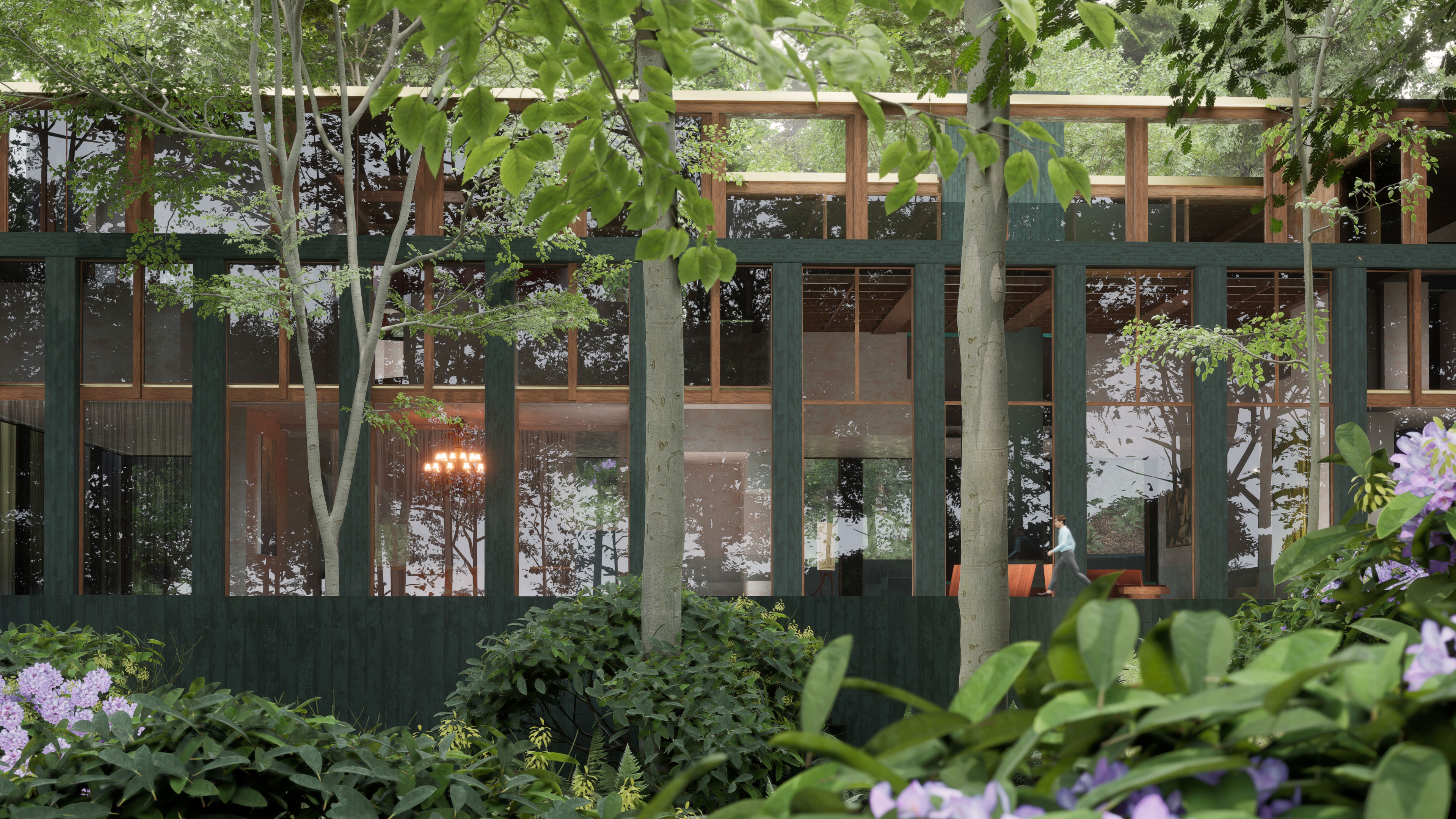
On paper, gaming and architecture may appear like natural bedfellows – they are both fields dealing with constructing and experiencing worlds, where the built fabric influences heavily the user's course of action. Yet up till now, the opportunities presented by the relationship between the two may not be as well explored as you might expect. This, however, has been changing fast. London-based studio Groves Natcheva has been working hard at developing ways the two can meet in fruitful collaboration, using gaming software Unreal Engine in highly refined, bespoke ways to better how we explore architecture. The goal? Making the most of gaming's capabilities to elevate architectural representation and experiences.
We met with studio founders Adriana Natcheva and Murray Groves, who have been working on using their gaming research in a new project, an ongoing private house commission in St George’s Hill in Surrey, UK, whose topography and feel have been conveyed faithfully in a 'digital twin'. This is now being used as part of the sales process for the real-life house and land. Here, they tell us more about their approach.
A case study in gaming and architecture: watch the film
How to make the most of gaming and architecture: a case study with Groves Natcheva
Wallpaper*: When did you start experimenting with the gaming software? What inspired you to use this approach?
Groves Natcheva: We have always wanted to find ways of closing the gap between the lived experience of a real building and just looking at drawings or sketches of it. There is a striking disconnect between the architectural representation of buildings – plans, sketches, renders – and the life that animates them. One is static, fixed, viewed from a limited set of perspectives; the other is dynamic, interactive, richly multi-perspectival.
The map – even if it is a 1:1 drawing – is never the territory, as they say. We want a representation of realistic human interaction with a building, before it is built. One approach we have experimented with is to dramatise architectural spaces in film, to make them come alive through storytelling. But another is to use game engines – like ‘Unreal’ – that have evolved under pressure to mediate human interaction, not just realistic visuals. So we want to put the two together: marrying the fidelity of architectural renders with the vitality of real-time interactive play.
An avatar architect walking around a house with an avatar client in a virtual gamified environment, discovering the space together spontaneously, is a wholly new way of experiencing the power of architectural space. We are just at the beginning of this new architectural frontier. Great architecture is a language that can now come alive in both virtual and real settings, connecting these two realms. It is true that game engines still have a long way to go before they can faithfully capture the living human form, but deep generative models will soon extend into the time dimension, allowing us to render human movement with greater realism.
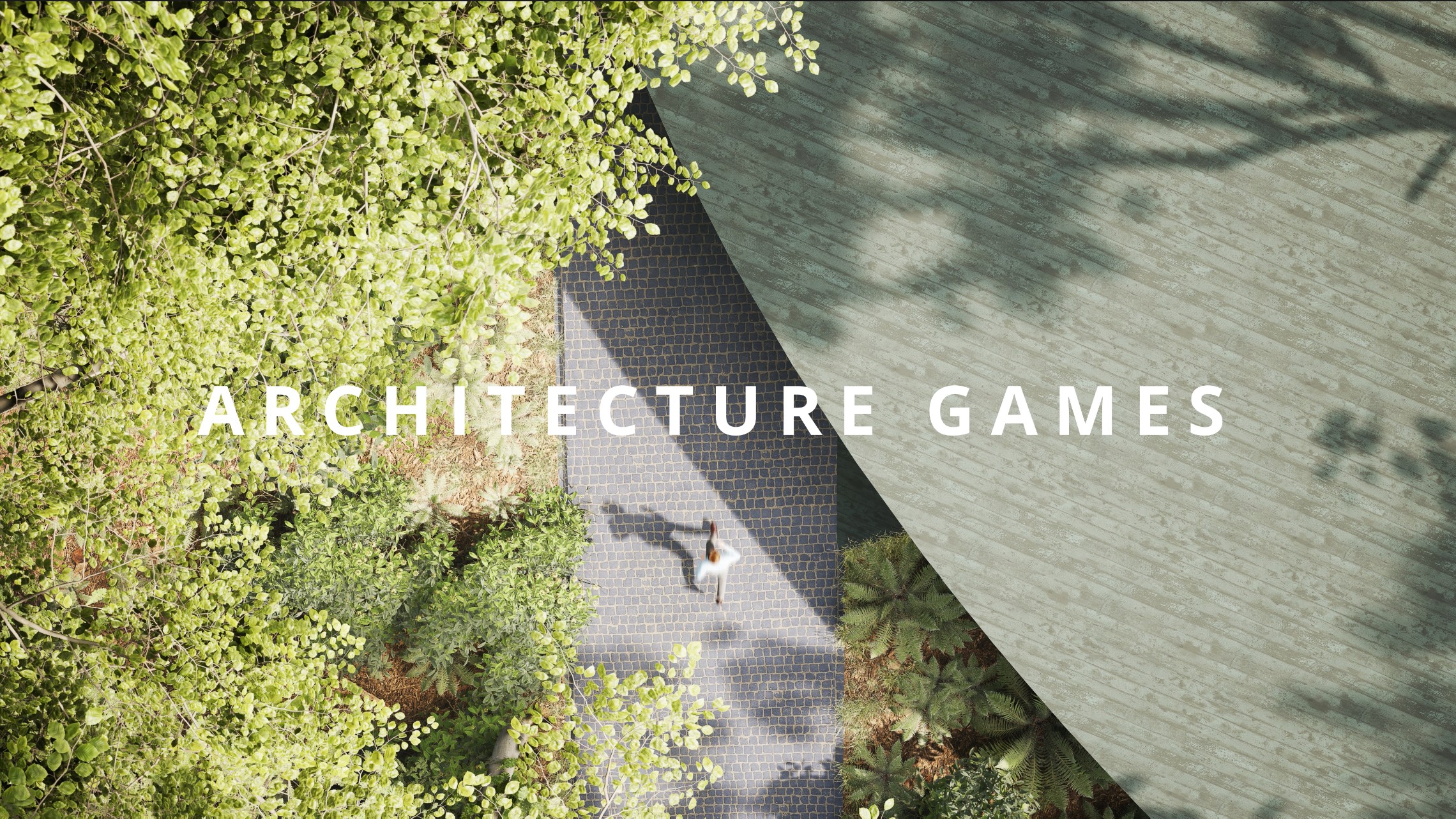
W*: Who is this tool for?
Wallpaper* Newsletter
Receive our daily digest of inspiration, escapism and design stories from around the world direct to your inbox.
GN: We always say that anyone engaging with real architectural creations will also find compelling reasons to engage with virtual architectural creations.
Think of an estate agent walking a client around a building. Think about an extended family meeting up virtually in their magnificent family home on Thanksgiving. Think about a guided tour through a fabulous museum space, well before it is built. Museums can now open virtually and physically, and impress with their architecture, walking around in it. The sky is the limit.
Equally exciting is to work directly with professional games designers and insert our architectural creations into their work. At some point, gamers may even say that they want to build for real a virtual building they find in a game. This is an easy step, because the virtual building was designed from the start to be real. This opens a new market and way of accessing clients.
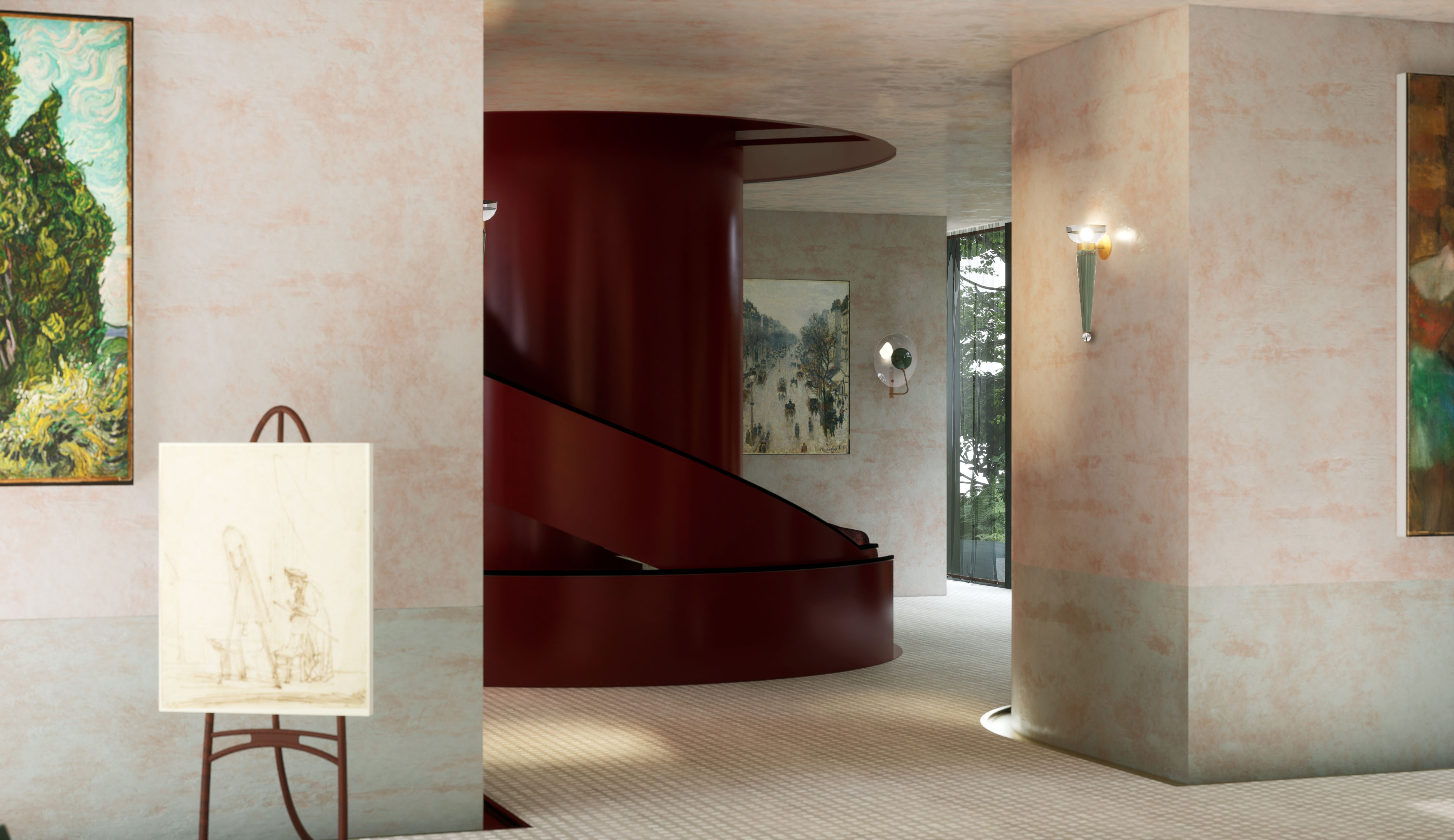
W*: How could someone use it?
GN: This is like an ‘open world’, unscripted game. Once we have created a digital twin of a building and its setting, we can ship you a link, you open it like any other game, choose an avatar, and use your phone or mouse or a games console to move around and take actions like opening doors, or other forms of interactions between humans. You don’t need a VR headset. But we will be experimenting with the new Apple Vision Pro device once it is out.
W*: What skills and/or software are needed?
GN: To use it, all one needs is a computer, tablet or phone and familiarity with playing games and controlling the behaviour of avatars. By working directly in games engines, we ensure that no new user interface skills are needed.
To make it, you need familiarity with coding in advanced engines such as Unreal. That requires some technical skills and experience, but it is not hard to acquire. Many architects may be tempted to engage specialist coding firms to do this work for them; but that’s not the way to go. The architect needs to be part of the virtual creation, much as he or she is part of the real creation of buildings. Over time, no doubt the technical production interface will become easier and easier, like website coding can now be done by everyone, using the right tools.
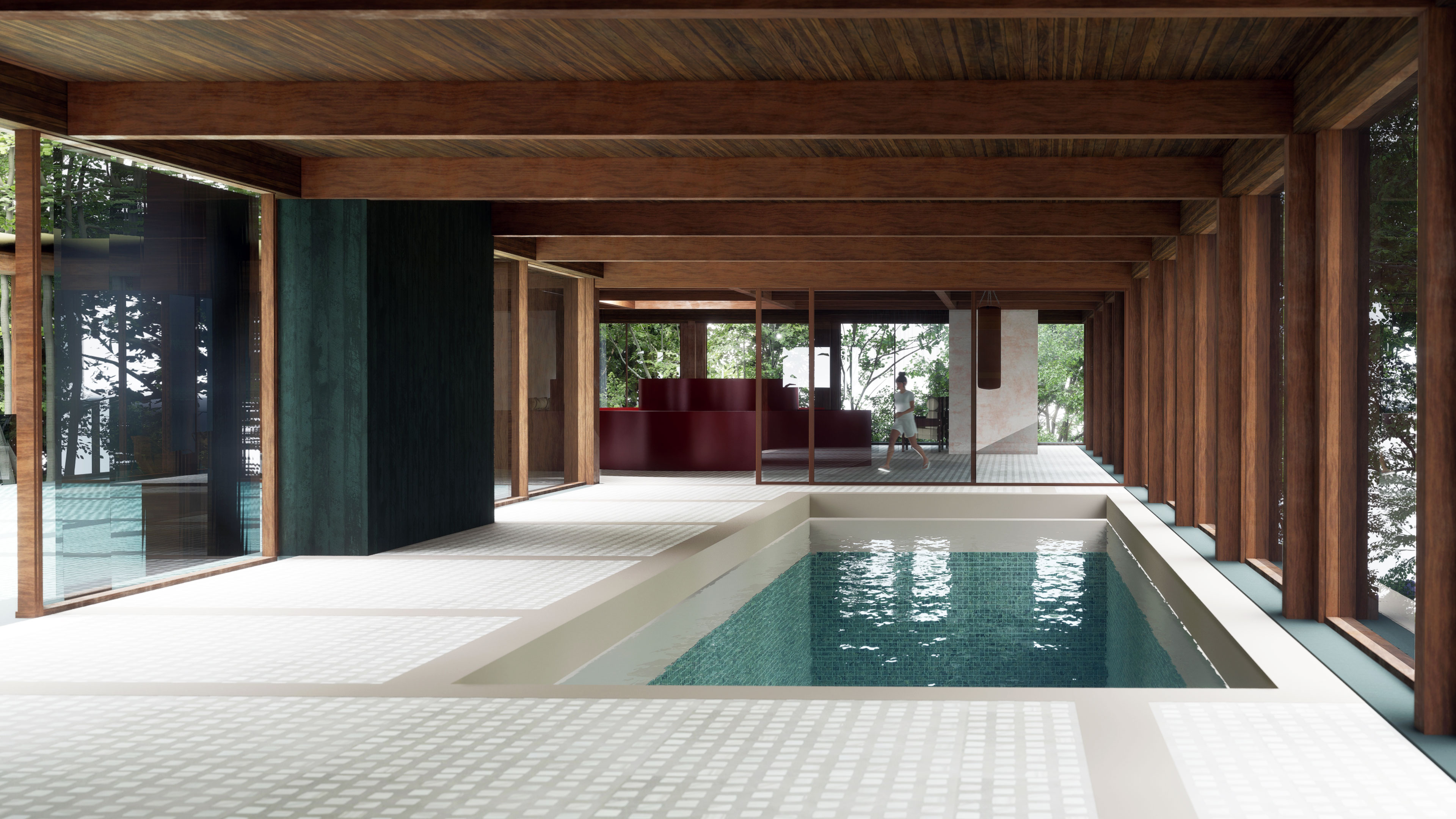
W*: Do you need gaming experience to use it?
GN: No, not especially. If you are familiar with using a tablet to navigate in VR settings, or to play in a virtual car race, you are good. In fact, we have exposed people with no games experience to our virtual architecture games, and it doesn’t take anyone very long to get into it. The human drive to explore a space, open a door, see what’s behind, run up some stairs, it all quickly takes over and users rapidly become ‘naturals’.
W*: What software did you use? Tell us more about Epic Games and where the world of gaming and architecture meet.
GN: Virtualisation of architectural creations is not new. Everyone knows static renders; some engines do a fly-through of buildings. What mattered to us were three factors: to get state-of-the-art image realism, to have state-of-the-art and native access to avatars, and to connect properly with existing industry standard BIM software.
We chose to work with Unreal Engine, which satisfies these requirements. It also allows us to connect with the wider games world, inserting our creations into other games, because of the popularity of Unreal in that world.
Unreal allows us to insert buildings via Rhino software, which integrates with BIM construction software widely used in the architectural industry to communicate between engineers, architects and contractors. With Unreal, we can immediately extend the reach of our real creations. The representation of a building in the game is therefore never just an imagination or sketch, it is a BIM-ready building. The handshake between the virtual and real worlds is solid.
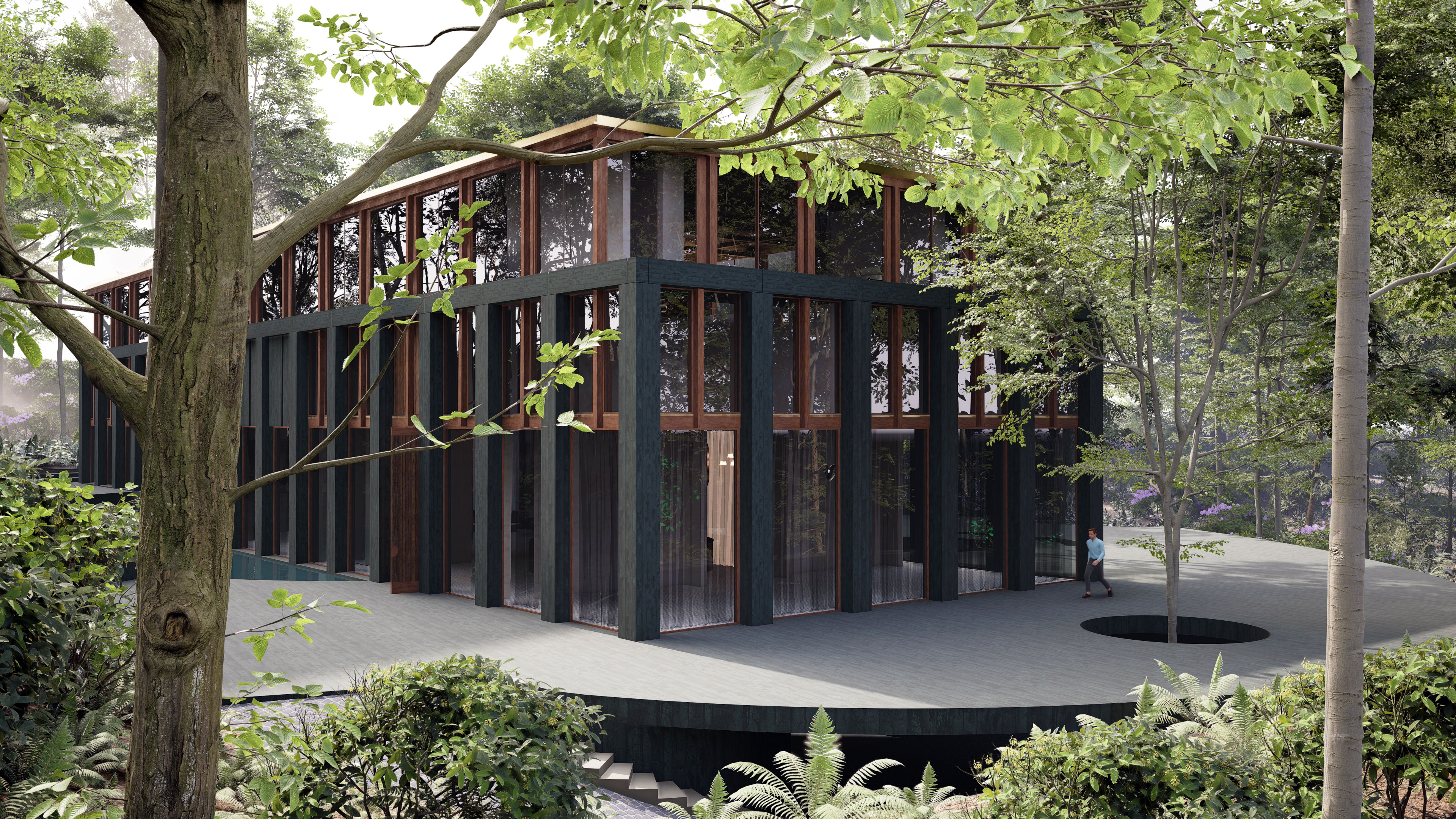
W*: What potential applications do you see? What opportunities does it offer?
GN: First, as architects we can connect with customers and patrons in new, immediate and exciting ways. Judges of competitions can gain direct interactive experience of a proposed architectural project; a civic project can be tested on users before it’s built; developers can have virtual games-like showhouses, moving beyond expensive physical versions. And it’s possible to respond to user or client feedback well before anything is built. We predict that games-quality interactive virtual architecture will become the norm for assessing, creating, refining, marketing or engaging with any leading architectural project of the future.
Second, the worlds of games and the metaverse are opened up for architects. If you want your physical house in your favourite game or in your virtual real estate portfolio, easy. If you come across an architectural space in a game and you want it physically, easy. So many more people will see and interact with an architect’s creations by being able to insert them into games and other metaverse places. The architect can retain IP rights over the designs, and sell copies virtually, opening a new revenue stream altogether with much shorter sales cycles.
W*: What would be the first step, if somebody wanted to move into this realm and do more with gaming technology?
GN: The easiest thing is talk to us. It comes down to picking a top games engine (we landed on Unreal after a lot of testing) and put one of your real buildings (choose a simpler one initially) into it. Then show it to a potential customer and let them interact with it to see the effect. You do need someone who is familiar with games development technology, but make sure that you always keep an architect’s eye for detail on it.
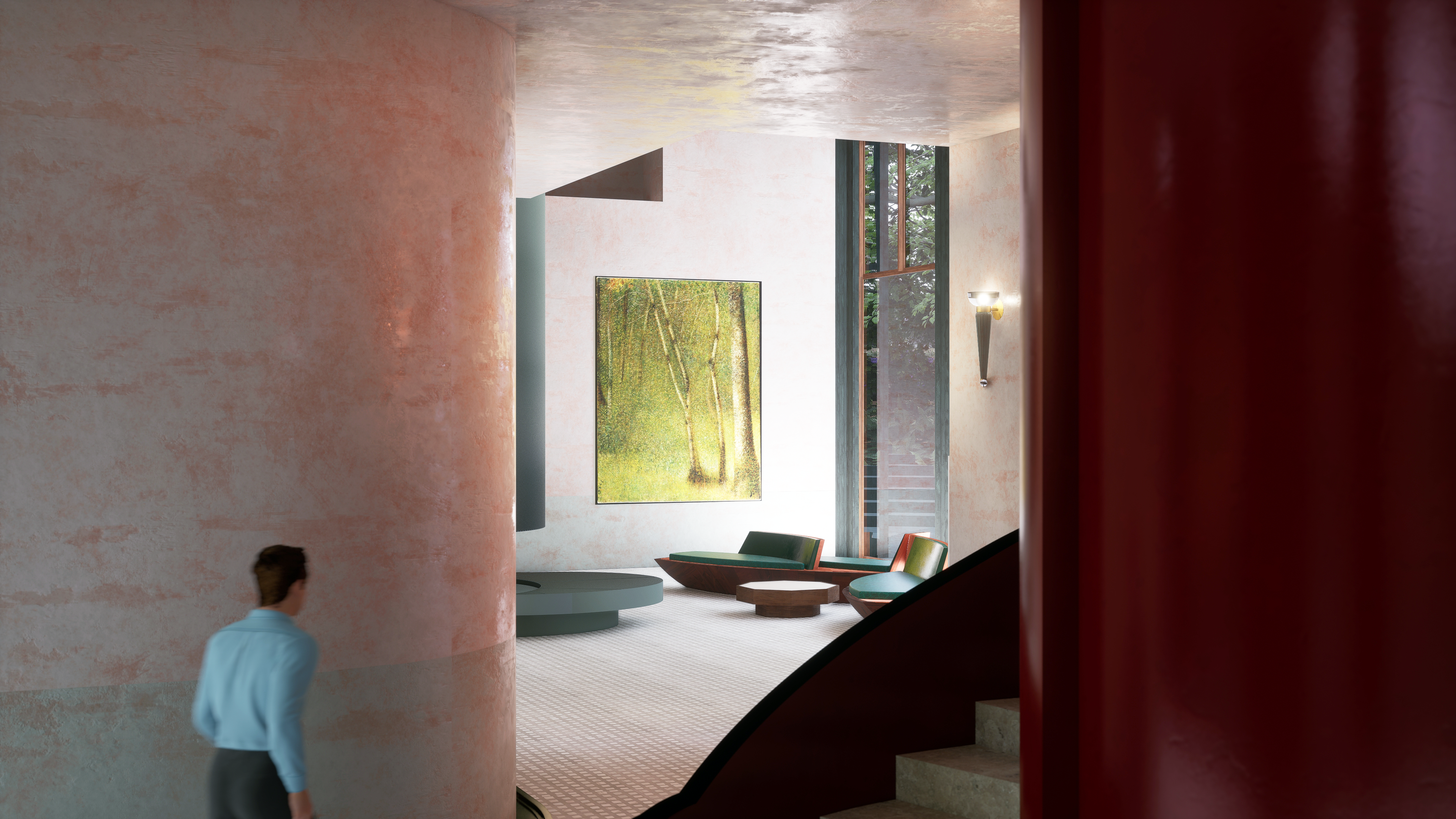
W*: Is it something that could ever replace physical space?
GN: This is not about replacing physical space or architecture. It is about extending it and about bridging between the physical and the virtual. We have all become familiar with such bridging, well before the computer age. Monet’s water lilies take us to a virtual reality that reflects a physical one in a certain way, as if we were there somehow, as if we could interact with it or grasp it. We are now doing such bridging of virtual and real architectural spaces using the amazing computing tools and engines available to us. It’s all about extending spaces open to the architect’s mind.
W*: Could it live in the metaverse?
GN: Of course. Showing a potential buyer of a house around it, with the architect leading through it and interacting, while the buyer’s kids run around in it trying to choose their future bedrooms, all this is properly metaverse. We go further. We argue that the metaverse will come fully alive only once we have genuine architectural spaces in it. And now this has become possible.
W*: How does it compare to AI-generated space?
GN: Generative AI has come a very, very long way recently and will most certainly become part of the architect’s creative process, if used correctly. For now, it remains far from being able to replace the genuinely creative role of the human architect in relating space to human experience, human use and human feeling.
It is the very point of being an architect and designer that we are capable of relating our creations to the human experience and the human condition directly. That’s our skill. When extending architecture into sophisticated games and metaverse settings, we stay true to who we are, and we extend our reach. If we hand over the design of architectural space to a generative AI machine, we deny the human element and abrogate our role.
Generative AI has already integrated to some extent with games engines, making it possible to define surface textures, for example, in much more efficient ways. In future, it will likely be key to faithfully capturing human form and movement.
Ellie Stathaki is the Architecture & Environment Director at Wallpaper*. She trained as an architect at the Aristotle University of Thessaloniki in Greece and studied architectural history at the Bartlett in London. Now an established journalist, she has been a member of the Wallpaper* team since 2006, visiting buildings across the globe and interviewing leading architects such as Tadao Ando and Rem Koolhaas. Ellie has also taken part in judging panels, moderated events, curated shows and contributed in books, such as The Contemporary House (Thames & Hudson, 2018), Glenn Sestig Architecture Diary (2020) and House London (2022).
-
 A Xingfa cement factory’s reimagining breathes new life into an abandoned industrial site
A Xingfa cement factory’s reimagining breathes new life into an abandoned industrial siteWe tour the Xingfa cement factory in China, where a redesign by landscape specialist SWA Group completely transforms an old industrial site into a lush park
By Daven Wu
-
 Put these emerging artists on your radar
Put these emerging artists on your radarThis crop of six new talents is poised to shake up the art world. Get to know them now
By Tianna Williams
-
 Dining at Pyrá feels like a Mediterranean kiss on both cheeks
Dining at Pyrá feels like a Mediterranean kiss on both cheeksDesigned by House of Dré, this Lonsdale Road addition dishes up an enticing fusion of Greek and Spanish cooking
By Sofia de la Cruz
-
 An octogenarian’s north London home is bold with utilitarian authenticity
An octogenarian’s north London home is bold with utilitarian authenticityWoodbury residence is a north London home by Of Architecture, inspired by 20th-century design and rooted in functionality
By Tianna Williams
-
 What is DeafSpace and how can it enhance architecture for everyone?
What is DeafSpace and how can it enhance architecture for everyone?DeafSpace learnings can help create profoundly sense-centric architecture; why shouldn't groundbreaking designs also be inclusive?
By Teshome Douglas-Campbell
-
 The dream of the flat-pack home continues with this elegant modular cabin design from Koto
The dream of the flat-pack home continues with this elegant modular cabin design from KotoThe Niwa modular cabin series by UK-based Koto architects offers a range of elegant retreats, designed for easy installation and a variety of uses
By Jonathan Bell
-
 Are Derwent London's new lounges the future of workspace?
Are Derwent London's new lounges the future of workspace?Property developer Derwent London’s new lounges – created for tenants of its offices – work harder to promote community and connection for their users
By Emily Wright
-
 Showing off its gargoyles and curves, The Gradel Quadrangles opens in Oxford
Showing off its gargoyles and curves, The Gradel Quadrangles opens in OxfordThe Gradel Quadrangles, designed by David Kohn Architects, brings a touch of playfulness to Oxford through a modern interpretation of historical architecture
By Shawn Adams
-
 A Norfolk bungalow has been transformed through a deft sculptural remodelling
A Norfolk bungalow has been transformed through a deft sculptural remodellingNorth Sea East Wood is the radical overhaul of a Norfolk bungalow, designed to open up the property to sea and garden views
By Jonathan Bell
-
 A new concrete extension opens up this Stoke Newington house to its garden
A new concrete extension opens up this Stoke Newington house to its gardenArchitects Bindloss Dawes' concrete extension has brought a considered material palette to this elegant Victorian family house
By Jonathan Bell
-
 A former garage is transformed into a compact but multifunctional space
A former garage is transformed into a compact but multifunctional spaceA multifunctional, compact house by Francesco Pierazzi is created through a unique spatial arrangement in the heart of the Surrey countryside
By Jonathan Bell